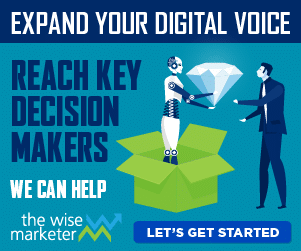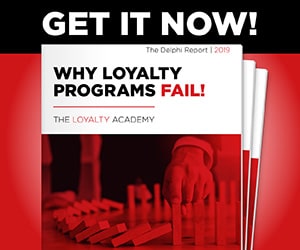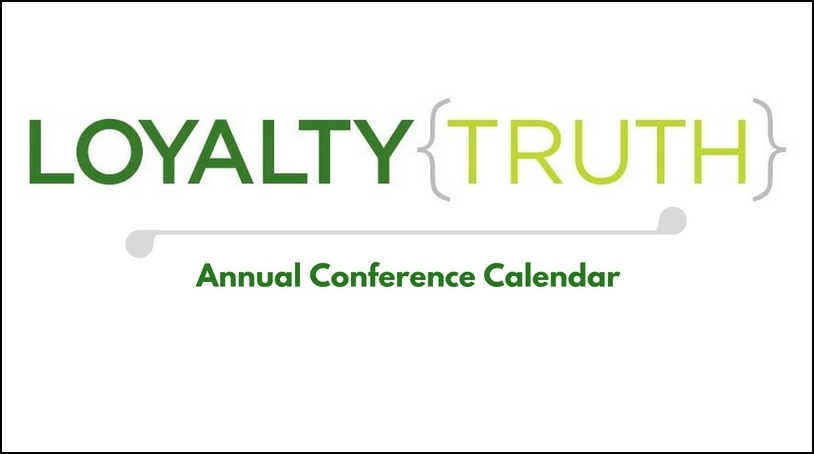My interview with Rob Markey about the new book, The Ultimate Question 2.0 “How Net Promoter Companies Thrive in a Customer-Driven World”, continues today with a closer look at how the “score” has evolved into a “system”.
The book includes a number of case studies ranging from Charles Schwab to Apple Retail to The Progressive Group of Insurance Companies. One common element of execution employed by each firm was to include a short-cycle, closed-loop feedback mechanism that turns survey results into usable business intelligence that front-line managers and employees can use to better serve customers.
Mr. Markey emphasized the importance of collecting accurate NPS survey scores but also to determine the root cause of interactions that leads to people becoming “promoters” or “detractors”. Was a price too high? Could a better deal be found at a competitor or did the competitor allow more flexibilities in service agreement rules? Whatever the reason, it is essential to be able to deliver feedback from customers to the employees most directly responsible to deliver enhanced customer experience. Through the accumulated experience from working with multiple companies across varied industries, Markey and Reichheld were able to dig deeper and understand practical methods to create change.
Markey stated “Everyone in the enterprise managing a customer touch point needs to build greater understanding of where they stand with their customers, whether front-line personnel or executives… for real change to take effect, business people have to translate elements of feedback into usable and actionable items that customers can understand.”
The second critical element Markey noted was the ability to connect NPS improvements to robust economics at the enterprise level. Markey explained “managers must be able to demonstrate what it’s worth to improve NPS scores versus the competition, or the value of changing a detractor to a promoter”. This is aspect of developing a learning environment through working with multiple enterprises that has helped to transform the score into a system.
Markey capped off this line of thinking by sharing three essential elements to successfully putting NPS to work in your business:
- There must be a reliable way to evaluate and sort customers and employees as promoters, passives, or detractors. This evaluation must then lead to identifying customer behaviors that can be analytically tied to positive business outcomes
- An organization must create a fast-cycle, closed-loop learning process to deliver survey as well as verbatim results to customer-serving personnel. The organization should engage in “deliberate practice” over time to demonstrate to customers that they are listening to their critiques and expression of preferences. This could be the most distinguishing characteristic of the three elements as traditional customer satisfaction research is anonymous and misses the opportunity to establish two-way communication with customers
- The commitment to earning the loyalty of customers must be a top priority of the organization and be supported from the top down. This commitment must be embodied in daily actions and NPS must have a high level visibility with employees. Firms putting their weight behind NPS initiatives in a sincere manner earned the best results.
When asked about finding the balance between focusing on the customer and enabling employees / associates to deliver critical feedback, Markey responded “low employee engagement is impossible to coexist with high customer NPS”. He continued “a company may create a temporary market advantage through innovation or pricing, but it is difficult to sustain high levels of scores without employee engagement”. “It’s not just the right thing to do”, added Markey, “it’s necessary to rise above the competition”.
Interestingly, only about half of the firms encountered by Bain & Company over the past 5 years working with NPS take such a position. Reflecting on the recent economic downturn, Markey cited that “the companies which entered the global financial crisis with higher reserves of goodwill and higher NPS experienced lower dips than the general marketplace”.
In the final part of the series later this week, we’ll share some interesting tips from Markey on successful survey execution and find out if there really is “just one question” that can be used to determine customer loyalty levels within a business.




